GEOL 100 Sedimentary Rocks
1/21
There's no tags or description
Looks like no tags are added yet.
Name | Mastery | Learn | Test | Matching | Spaced |
|---|
No study sessions yet.
22 Terms
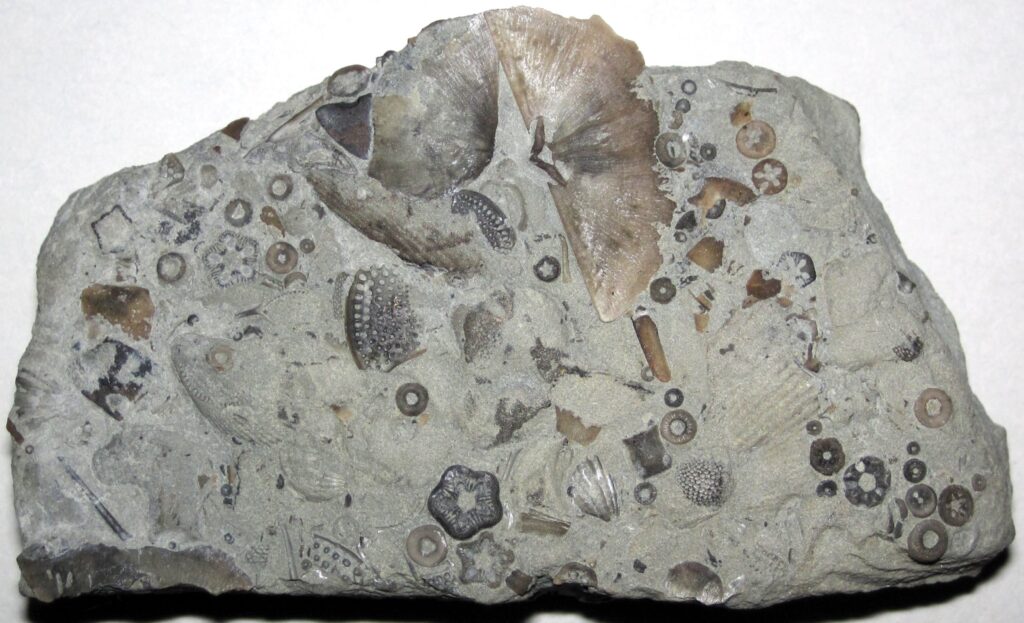
Fossiliferous Limestone
A small number of fossils embedded in a fine-grained crystalline limestone.
(Biochemical)
ex. note: Reacts with acid
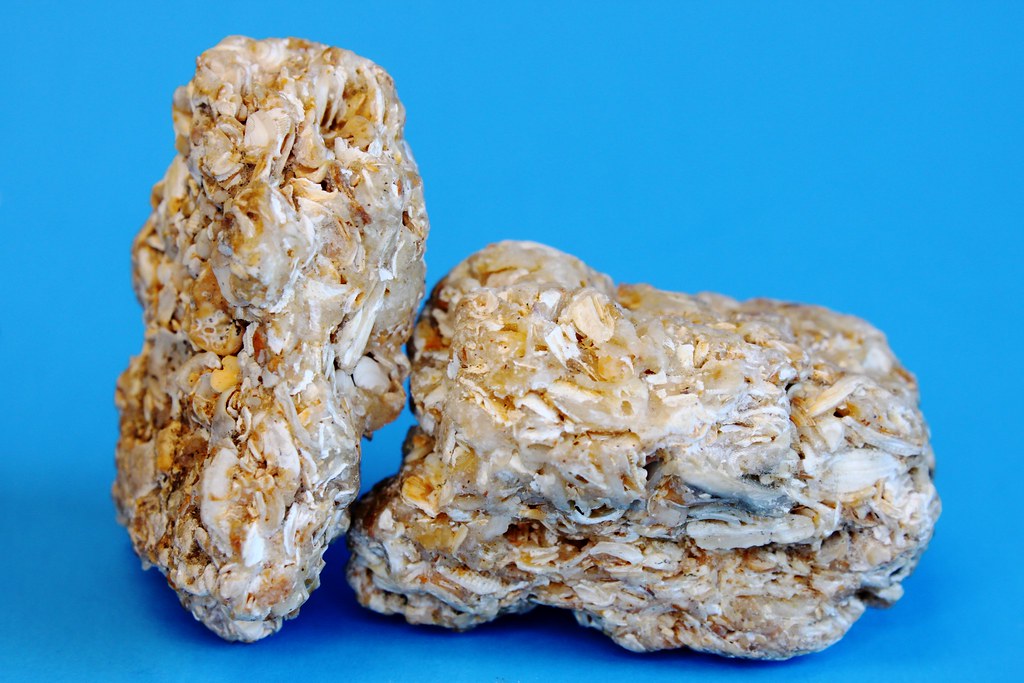
Coquina
Mainly composed of shell fragments that are cemented together with calcite
(Biochemical)
ex. note: reacts with acid
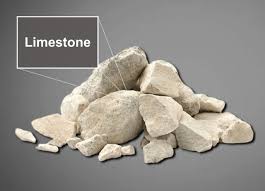
Limestone
Massive, fine-grained; cream, buff, tan, or gray. Formed by recrystallization of tiny fossils.
(Biochemical)
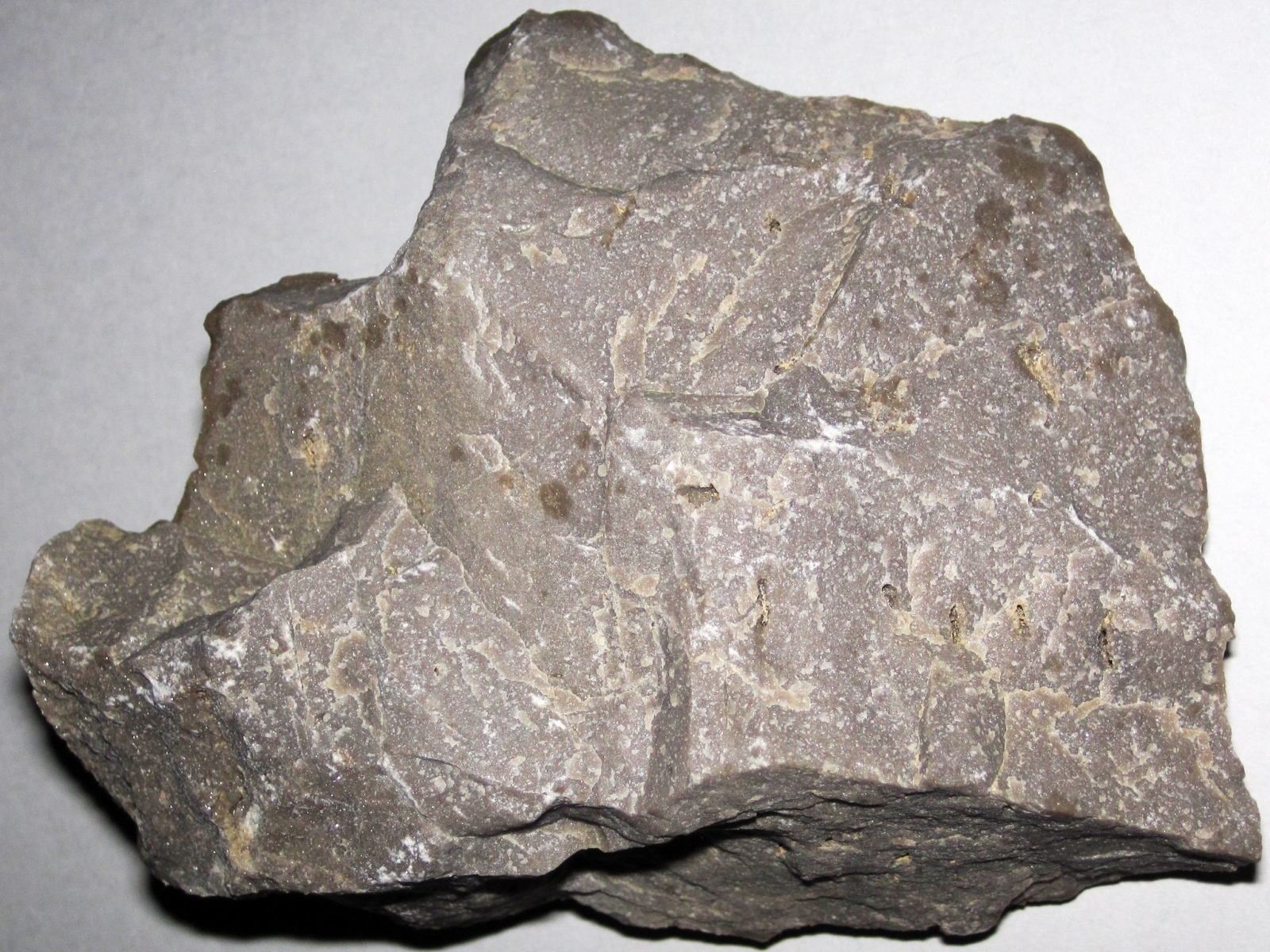
Dolostone
Massive dolomite. Similar in appearance to limestone, but only reacts to HCl when powdered.
(Chemical)
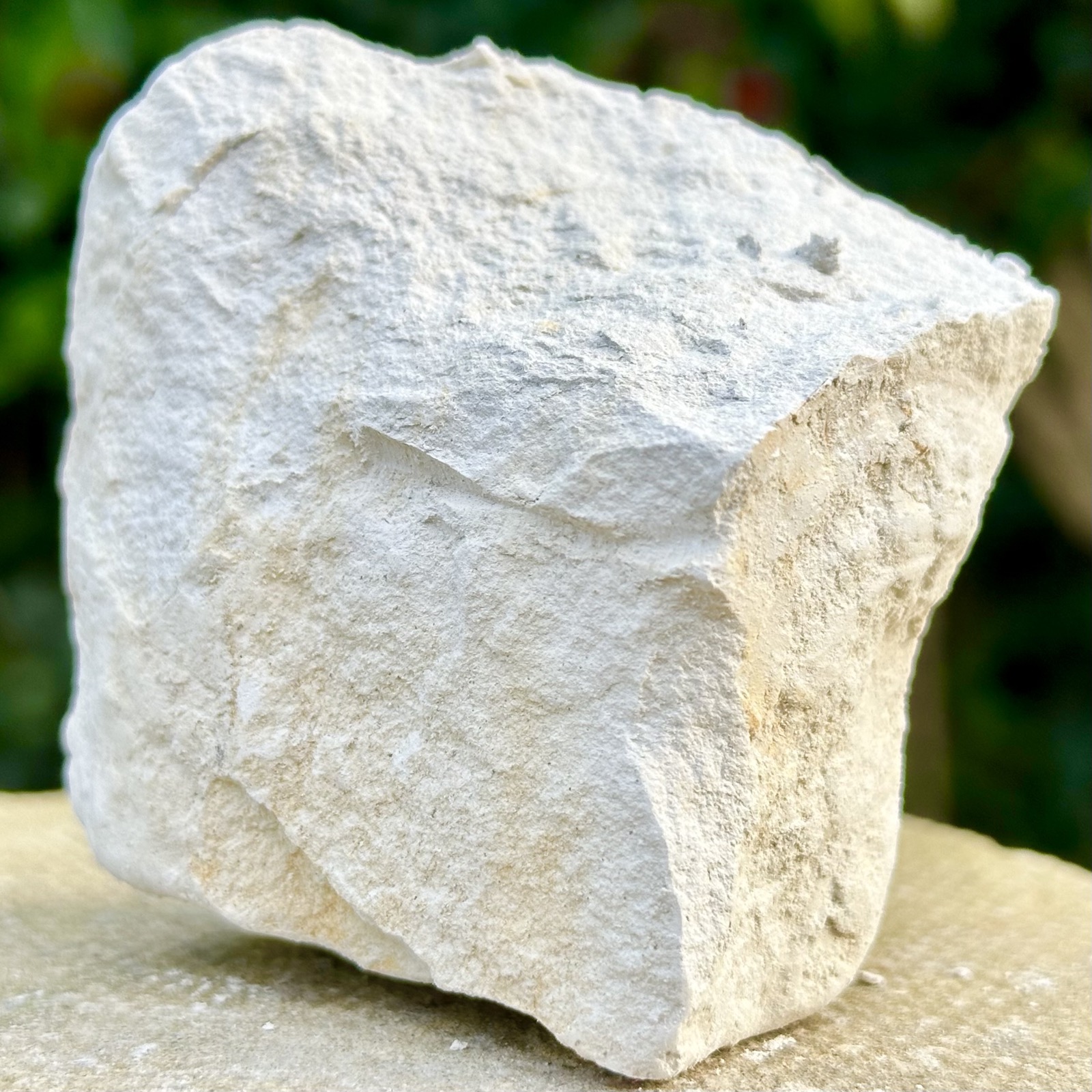
Chalk
Soft, porous, white limestone composed of loosely cemented microscopic fossils.
(Biochemical)
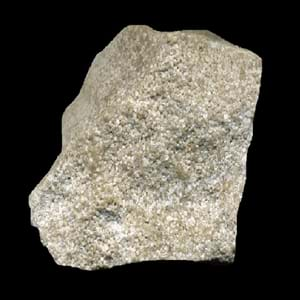
Oolitic Limestone
Limestone composed of small spheres that have been compacted together.
(Chemical)
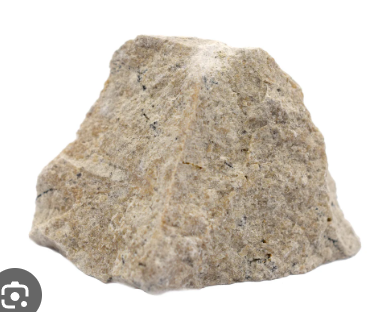
Travertine
Calcite precipitates from evaporation or change in pH. Often porous and fibrous or granular.
(Chemical)
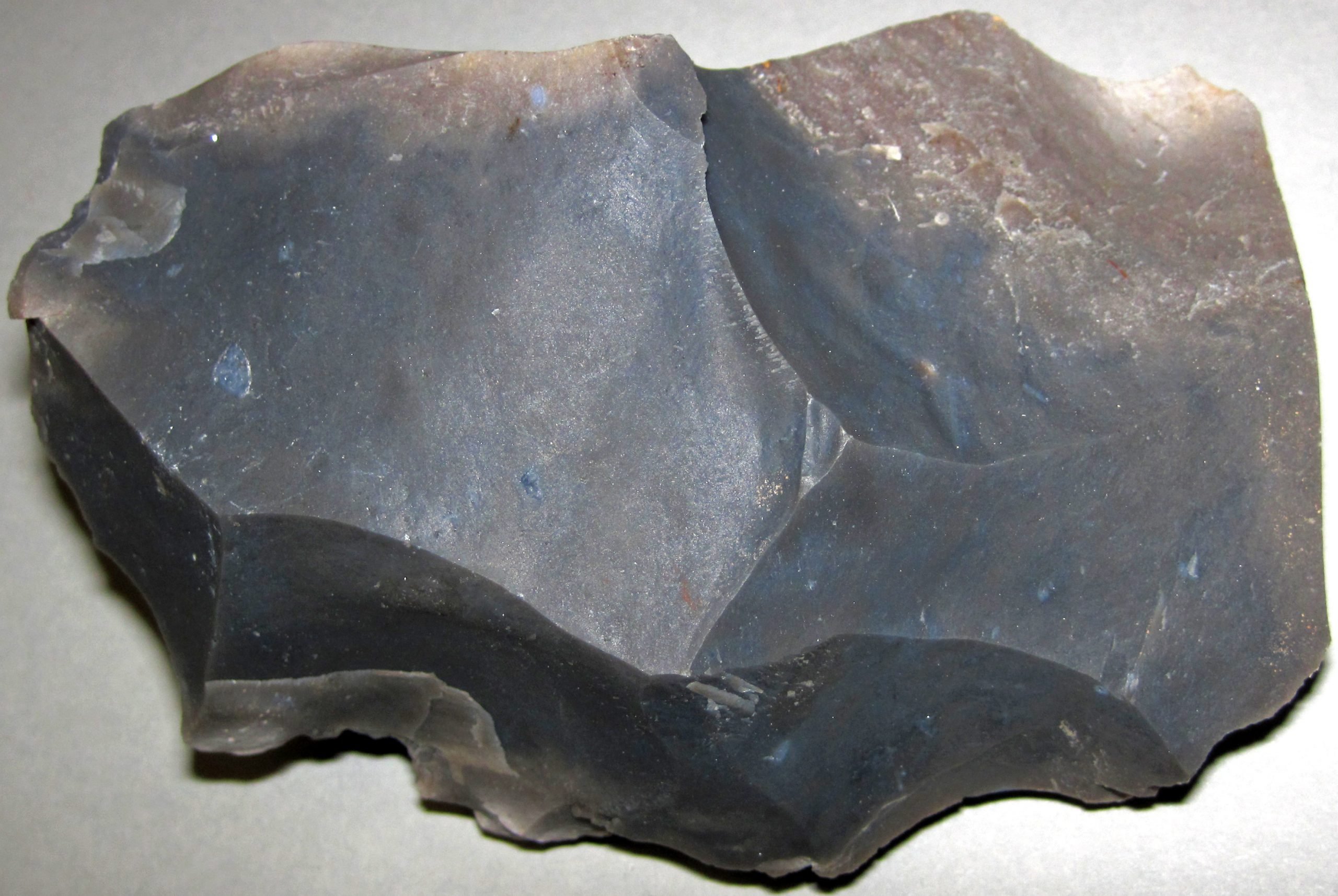
Chert
Variety of colors, hardness of 7, conchoidal fracture. Nodular forms are chemical; layered forms are biochemical.
(Bio)Chemical)
ex. note: Harder than glass
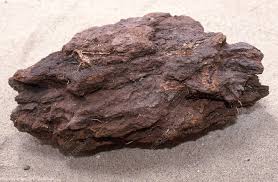
Peat
Partially decomposed plant matter (leaves, twigs). Falls apart when handled. Damp and musty.
(Biochemical)
ex. note: Is colored brown/black
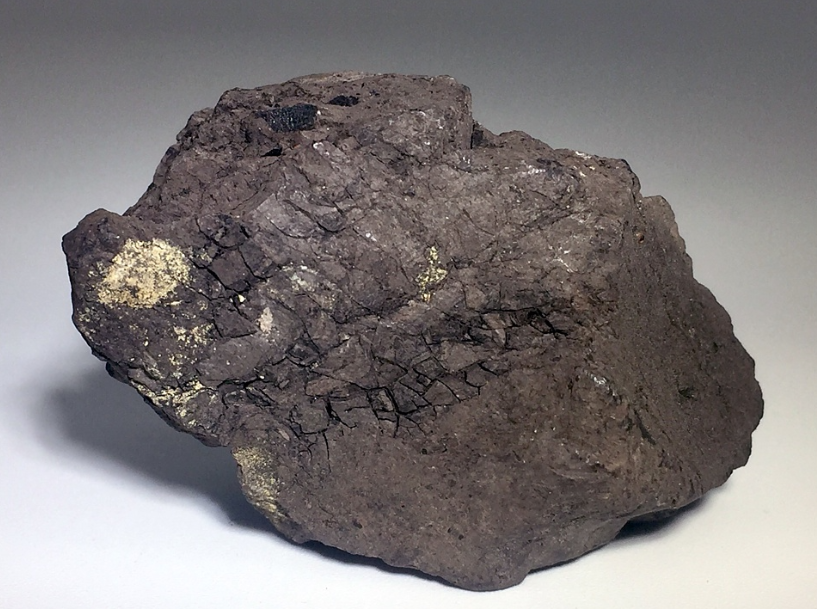
Lignite
Soft brown coal that contains some recognizable plant material; smells musty.
(Biochemical)
ex. note: Is colored brown/black
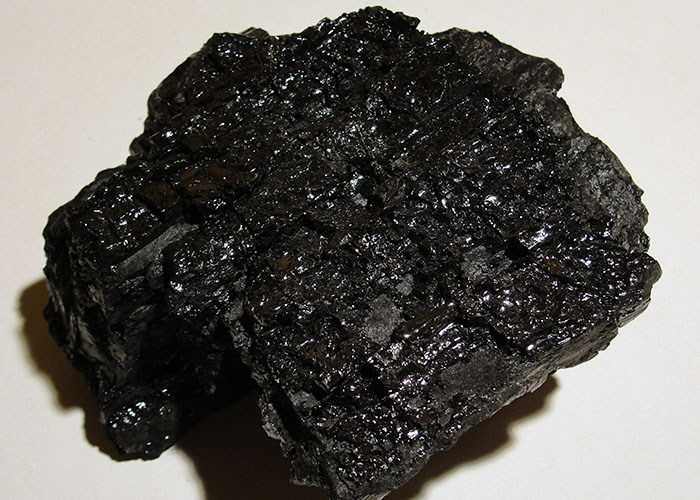
Bituminous Coal
Soft, black, and low density; altered organic matter with no visible plant parts.
(Biochemical)
ex. notes: Is colored brown/black
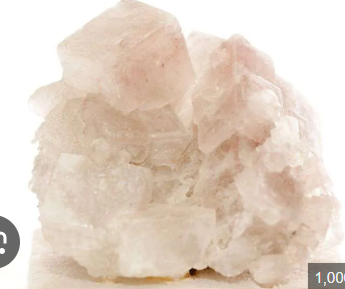
Rock Salt
Evaporite, often translucent white to gray or pink; may show cubic cleavage.
(Chemical)
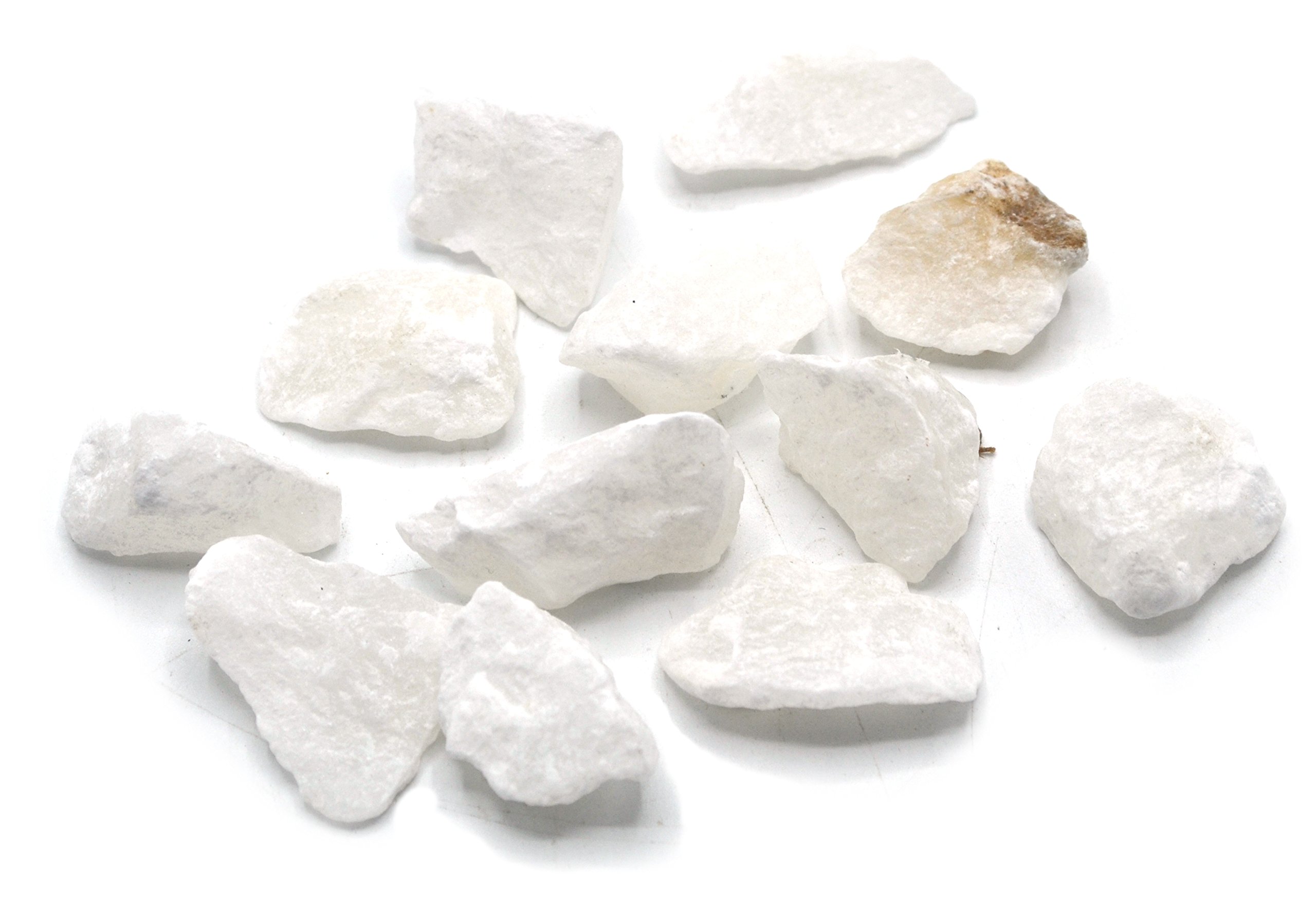
Rock Gypsum
Soft, white to gray evaporite, precipitated in shallow water; can appear fibrous.
(Chemical)
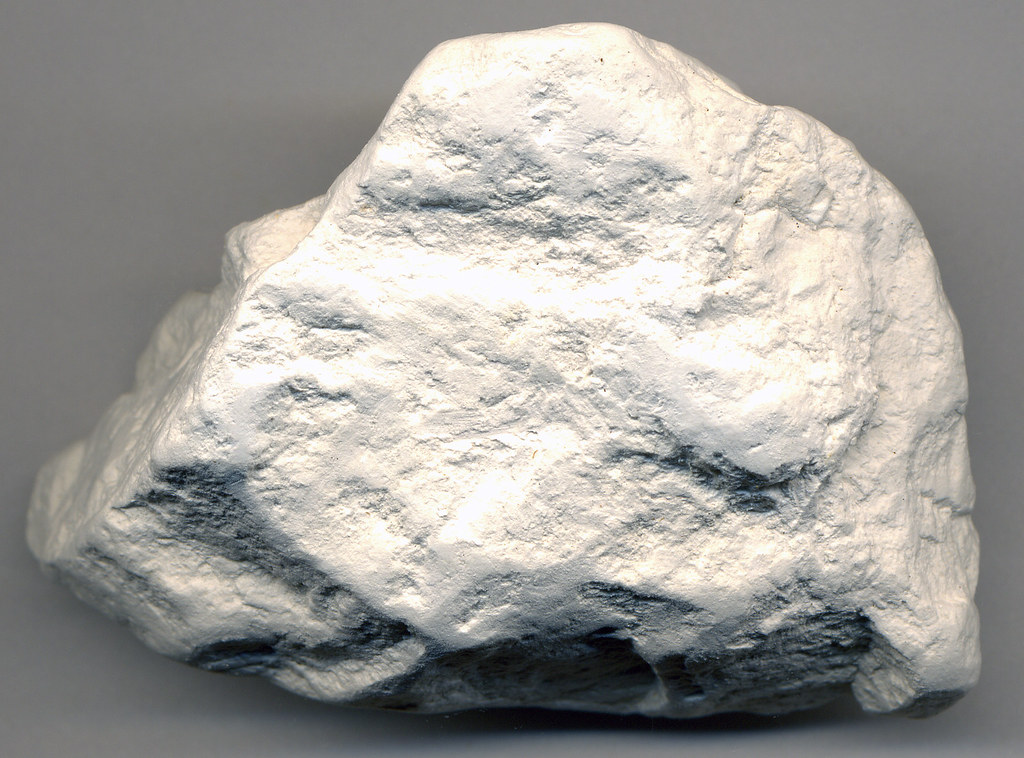
Diatomite
Soft, white, composed of silica microfossils; does not react with HCl.
(Biochemical)
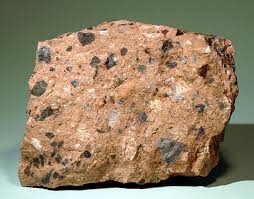
Breccia
coarse angular clasts embedded in a fine-grained matrix.
(Gravel >2 mm)
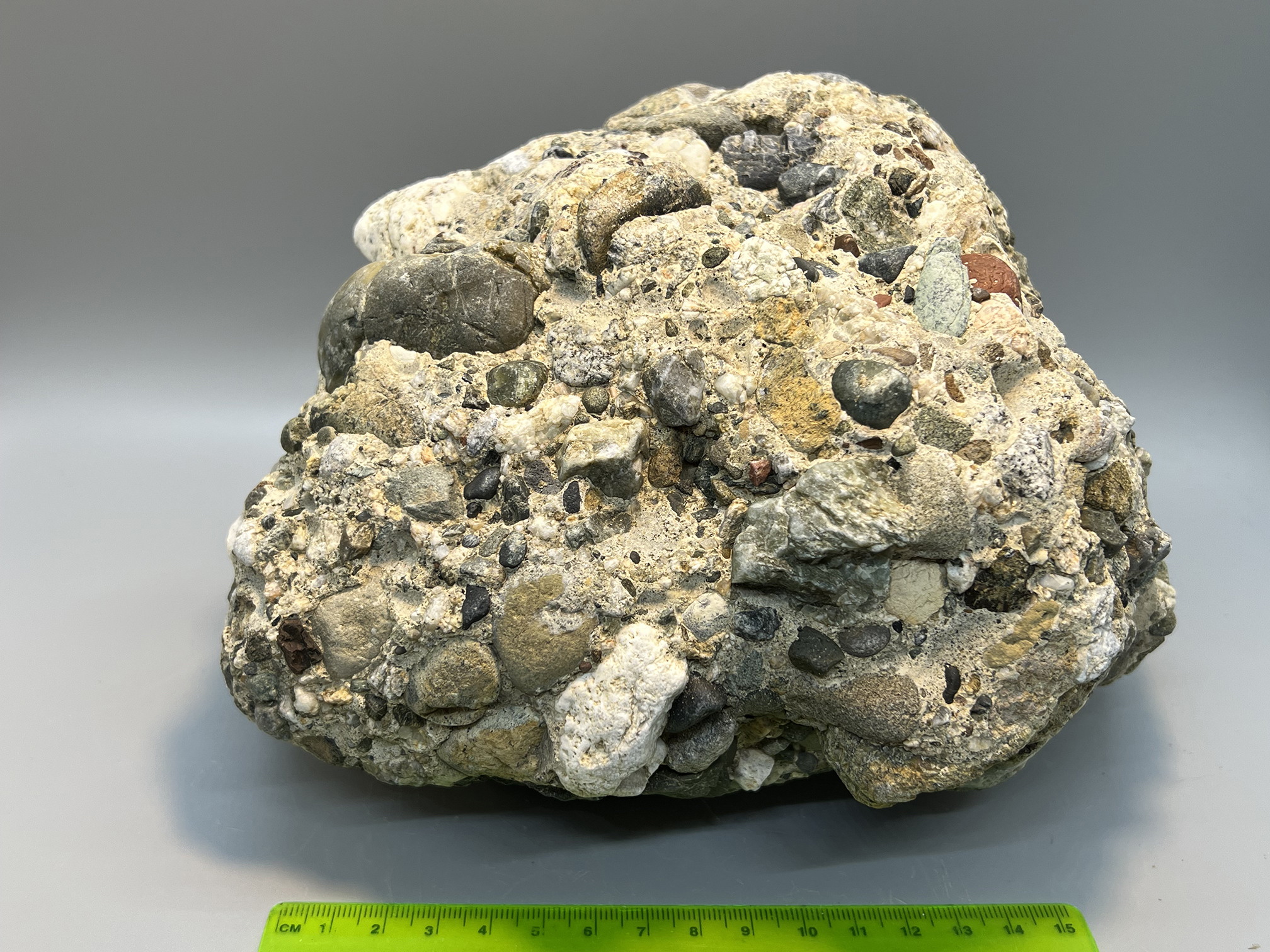
Conglomerate
coarse rounded clasts embedded in a fine-grained matrix.
(Gravel >2mm)
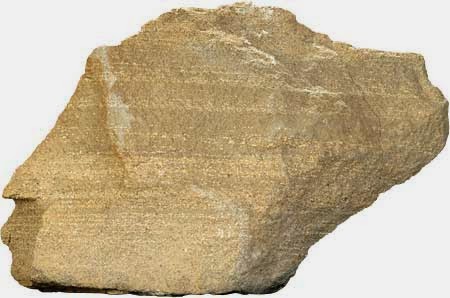
Quartz Sandstone
primarily composed of quartz grains, with minor amounts of mica and mafic minerals. Typically well sorted, and may exhibit fine laminations (bedding).
(Sand 1/16-2 mm)
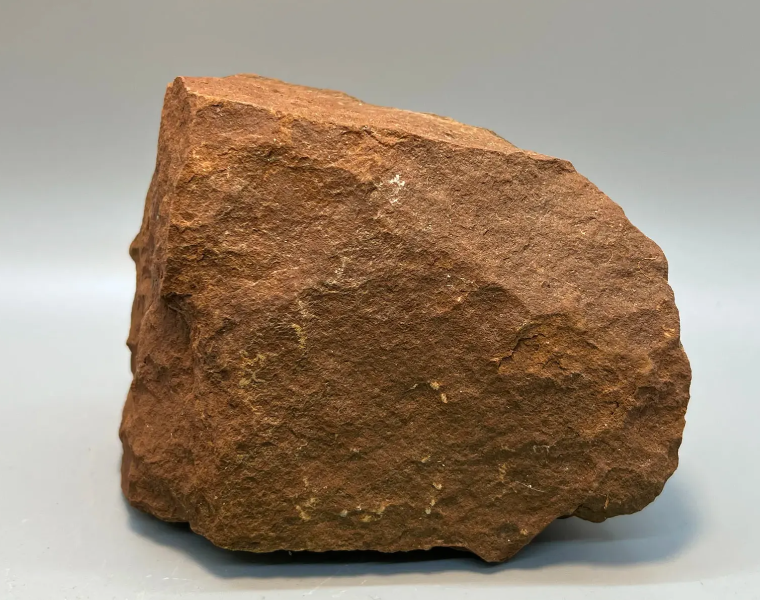
Arkose (Feldspathic Sandstone)
contains angular quartz grains and >25% orthoclase feldspar. Often poorly sorted and lacks fine laminations.
(Sand 1/16-2 mm)
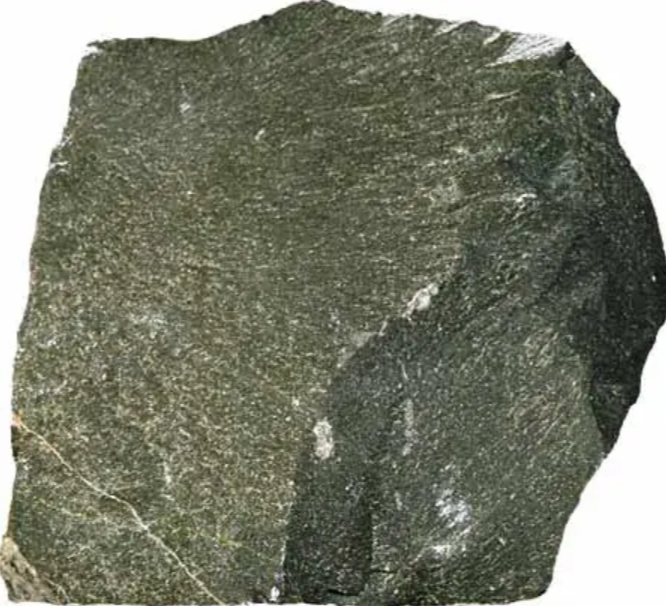
Greywacke (Lithic Sandstone)
contains angular quartz grains, rock fragments, and clay. Laminations are rare.
(Sand 1/16-2 mm)
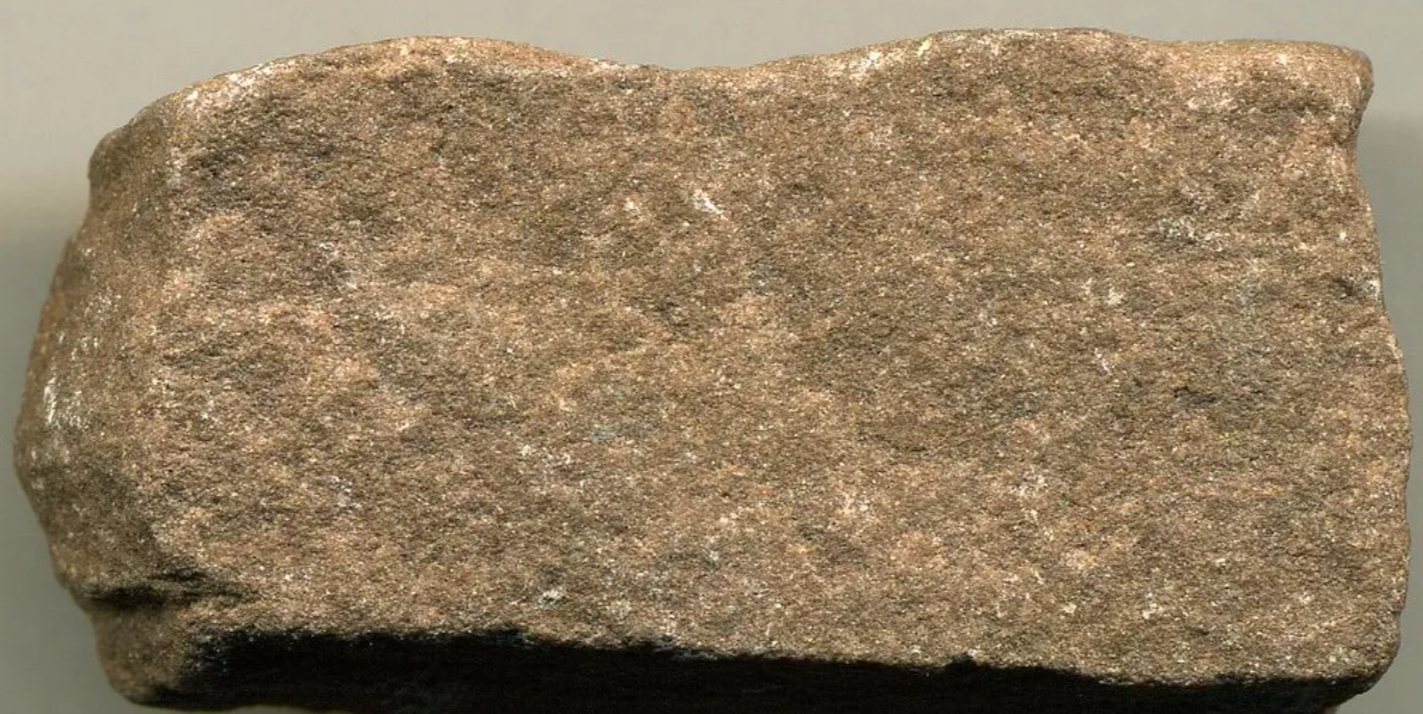
Siltstone
composed of silt-sized particles. May feel gritty. Tends to be massive (featureless). Does not display fissility.
(Silt 1/16-1/256 mm)
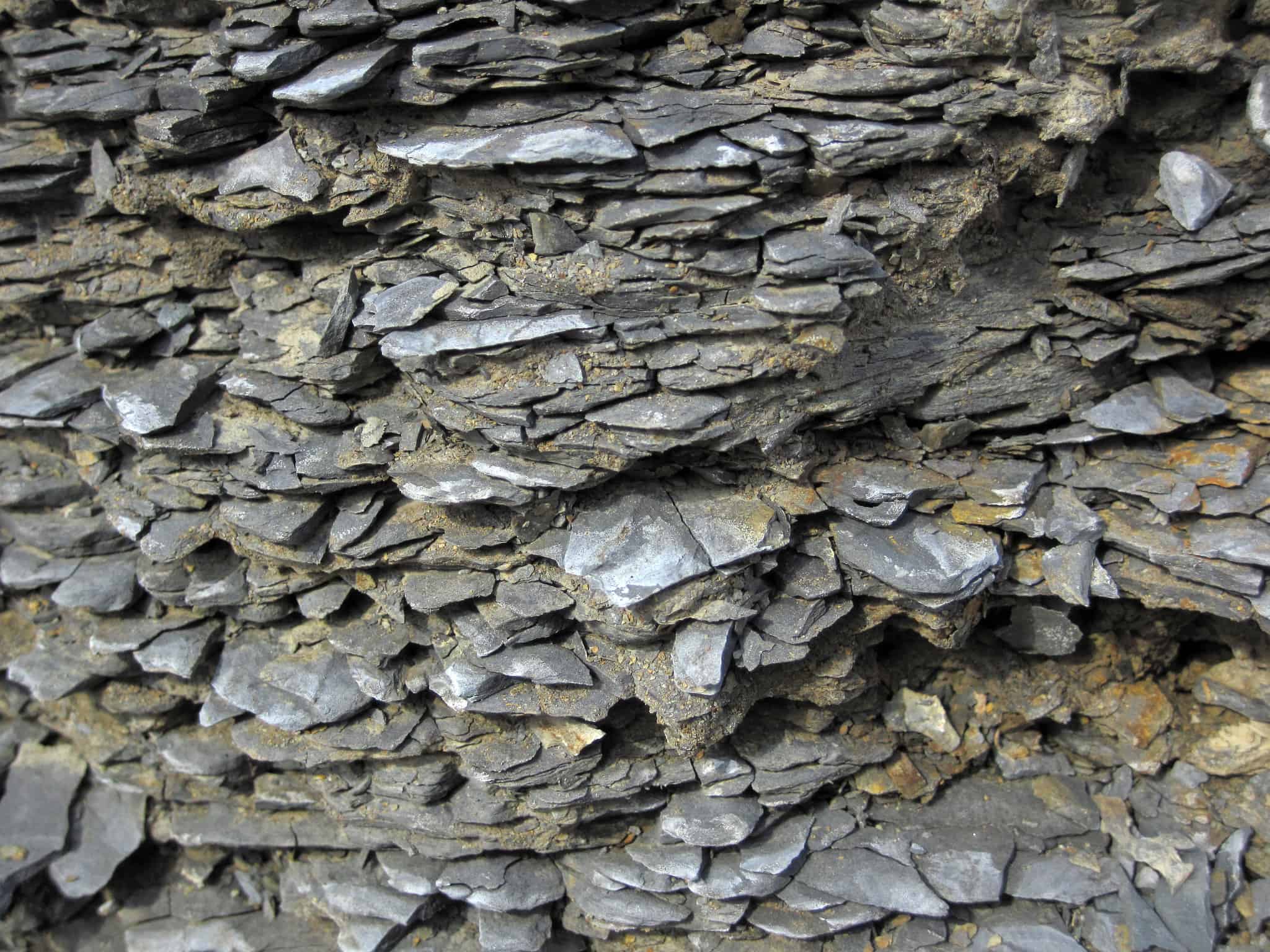
Shale
composed of clay-sized particles too small to see. Soft and smooth; cannot feel roughness with a fingernail.
(Clay 1/256 mm)
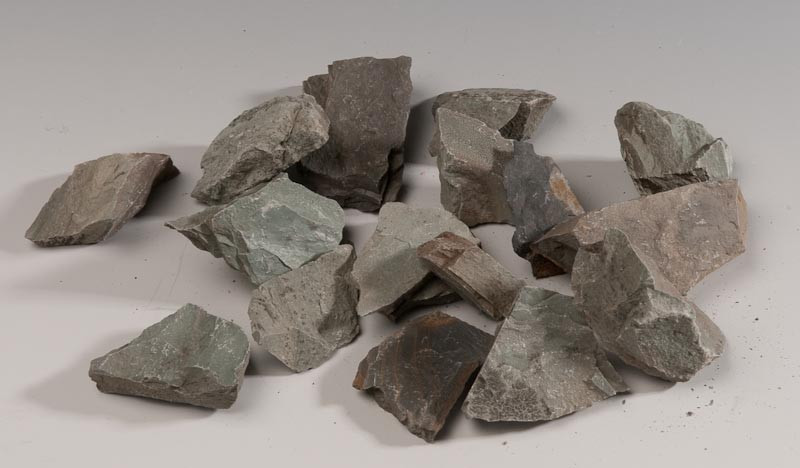
Mudstone
composed of clay-sized particles too small to see. Often found as massive (featureless) lumps with a smooth surface.
(Clay 1/256 mm)